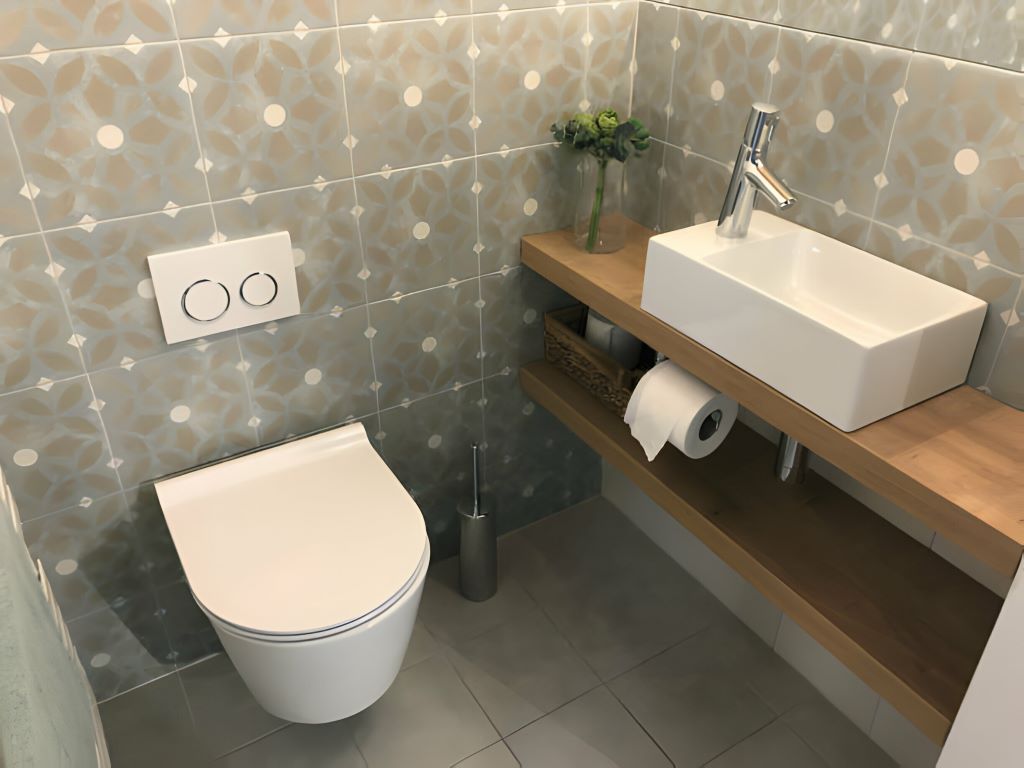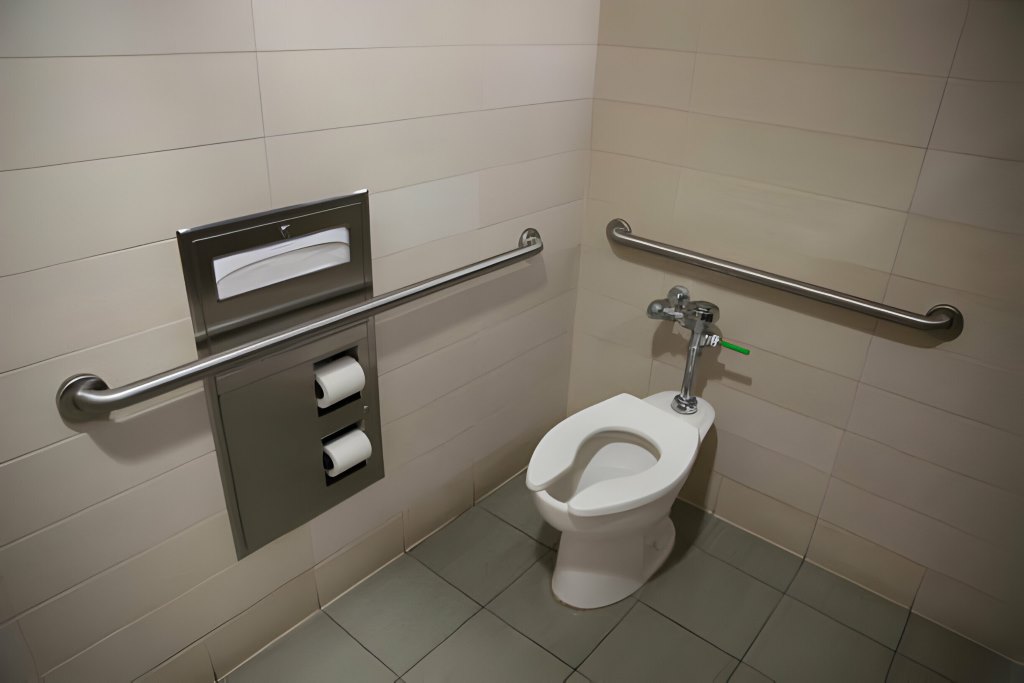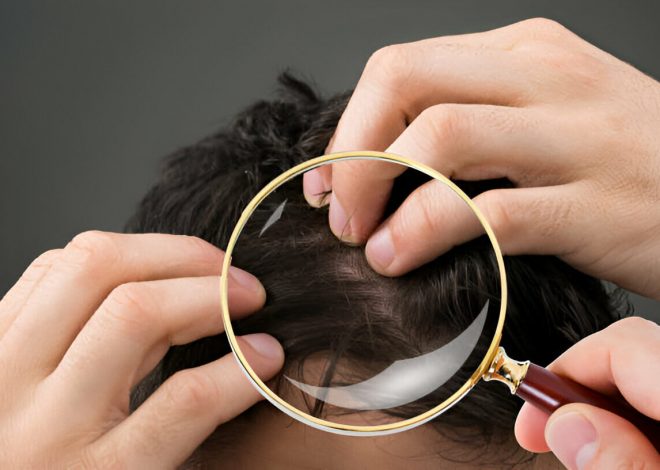
User-Friendly Designs: How Technology Improves Toilet Roll Holder Functionality
In contemporary design, the emphasis on functionality and user-friendliness has become paramount, extending to everyday household items like the toilet roll holder.
These fixtures have undergone significant transformations driven by technological integration, surpassing their traditional roles to offer users a more streamlined and satisfying experience.
This evolution not only demonstrates a dedication to innovation but also highlights a commitment to enhancing user satisfaction and elevating the mundane aspects of daily life, underscoring the transformative power of design in modern living.
This article explores the innovations in toilet roll holder design propelled by technology, delving into the various ways these advancements improve functionality and user satisfaction.
Understanding Traditional Toilet Roll Holders
Before exploring technological advancements, it’s crucial to grasp the constraints of traditional toilet roll holders. Typically, these holders featured a basic design, comprising a rod affixed to a wall or a freestanding unit. Although they fulfilled their primary function adequately, they lacked innovation and failed to alleviate common user frustrations.
Issues such as limited accessibility, maintenance difficulties, space constraints, and aesthetic shortcomings remained prevalent, highlighting the need for tech innovation to enhance user experience in this essential household fixture.
Challenges with Traditional Designs
Traditional toilet roll holders presented several challenges, including limited accessibility, maintenance hassles, space constraints, and aesthetic concerns. Users often find it difficult to reach the toilet paper, especially those with mobility issues.

Maintenance, such as cleaning and replacing rolls, could be cumbersome. Freestanding holders occupied valuable space, particularly in smaller bathrooms. Additionally, many traditional designs lacked aesthetic appeal, failing to complement modern bathroom decor.
- Limited Accessibility: Traditional holders often require users to exert effort to reach for toilet paper, particularly for individuals with mobility issues.
- Maintenance Hassles: Cleaning and replacing toilet paper rolls in traditional holders could be cumbersome, leading to inconvenience for users.
- Space Constraints: Freestanding holders occupied valuable floor space in smaller bathrooms, posing challenges in tight quarters.
- Aesthetic Concerns: Many traditional designs lacked aesthetic appeal, failing to complement modern and stylish bathroom decor ideas.
Technological Innovations in Toilet Roll Holders
Advancements in technology have driven these revolutionary changes in toilet roll holder design. Manufacturers have eagerly embraced innovation to overcome the limitations of traditional models.
By introducing features such as motion sensor activation, smart dispensing systems, self-cleaning mechanisms, space-saving designs, and aesthetic enhancements, they have significantly improved functionality and user experience.
This ongoing evolution underscores the transformative power of technology in even the most seemingly mundane aspects of everyday life.
1. Motion Sensor Activation
The integration of motion sensors, such as those offered by the UDO System, stands out as a pivotal technological innovation in toilet roll holder design. By detecting the presence of a user’s hand, these sensors facilitate the automatic dispensing of the desired amount of toilet paper, eliminating the need for manual pulling or tearing.
This hands-free operation not only improves hygiene by minimizing contact with the dispenser but also addresses accessibility concerns. Individuals with limited mobility find it easier to access toilet paper without exerting strain, enhancing overall convenience and usability in the restroom environment.

2. Smart Dispensing Systems
Smart dispensing systems represent a significant leap forward in toilet roll holder functionality, providing users with unprecedented customization and automation capabilities. These systems empower users to tailor the length of toilet paper dispensed per use, optimizing usage while minimizing waste.
Furthermore, advanced models offer smartphone connectivity, enabling remote monitoring of toilet paper levels and timely refill notifications. This integration of advanced technology not only enhances convenience but also promotes sustainability by encouraging efficient use of resources and reducing unnecessary waste.
3. Self-Cleaning Mechanisms
Ensuring hygiene in the bathroom is paramount, and technological advancements have introduced self-cleaning toilet roll holders to address this concern effectively. These holders are equipped with innovative sanitation mechanisms, including UV-C lights or antimicrobial coatings, which actively eliminate bacteria and germs present on the toilet paper surface.
Consequently, users can confidently utilize the toilet paper, knowing that it remains clean and free from harmful contaminants, thereby enhancing overall sanitation standards and promoting peace of mind during restroom use.
4. Space-Saving Designs
To address the constraints posed by limited bathroom space, manufacturers have innovative space-saving solutions or design ideas that optimize efficiency while retaining functionality. Wall-mounted holders, characterized by compact profiles and adjustable arms, offer versatile positioning options, particularly suitable for cramped bathrooms or shared environments.
Moreover, certain models feature integrated storage compartments for storing extra rolls, ensuring a constant supply of toilet paper within easy reach. These space-saving solutions not only maximize convenience but also contribute to a clutter-free and organized bathroom space.

5. Aesthetic Enhancements
In addition to enhancing functionality, technology has significantly contributed to the aesthetic appeal of toilet roll holders. Contemporary designs boast sleek finishes, minimalist shapes, and high-quality materials that harmonize with modern bathroom decor.
Furthermore, the incorporation of LED lighting accents and touchscreen interfaces adds a layer of sophistication, elevating the toilet roll holder from a mundane necessity to a stylish accessory. These design elements not only enhance the overall look of the bathroom but also contribute to a more enjoyable and good user experience.
Conclusion
The evolution of toilet roll holder design exemplifies the transformative power of technology in enhancing everyday objects. From motion sensor activation to smart dispensing systems, these advancements have revolutionized how we interact with essential bathroom fixtures.
By addressing common challenges such as accessibility, maintenance, and aesthetics, technological innovations have succeeded in making toilet roll holders more user-friendly and convenient. As design continues to evolve, we can expect further enhancements that prioritize functionality, hygiene, and user satisfaction in bathroom accessories.


